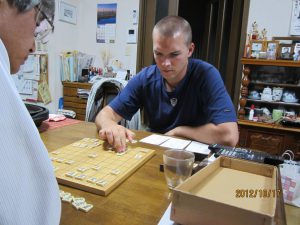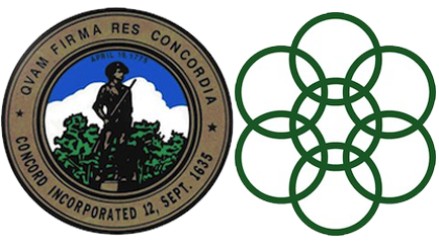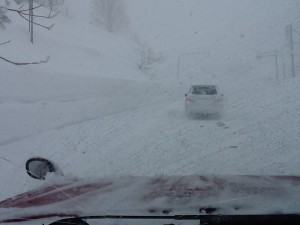Hello everyone,
it has now been a little over a month since I arrived in Nanae. In that time, I have home-stayed for two weeks, moved into my apartment, explored the town by foot, been upgraded to a bicycle and eventually a car, learned to play shogi (the original form of modern European chess), lost in shogi, won in shogi, eaten pig-heart, attempted to eat dried squid (similar to beef jerky… but squid), joined a basketball team, broken my apartment’s Japanese toilet by dropping a bleach-puck into the water tank, had my boss come over to fix my broken Japanese toilet on a Saturday night because I thought my apartment was flooding (toilet’s instruction manual is in Japanese), and renounced all candy from my diet out of fear of getting diabetes from the overwhelming amount of office-snacks.
The adjustment here has been difficult for me at times. I am giving a short speech tomorrow night at my office’s welcome dinner for me, and in it I describe the adjustment from American culture to Japanese culture as similar to being in a river and feeling the current change directions entirely. This has never happened to me in a river, but I imagine these two things to be similar. My instincts, mentality, and habits are all designed for an American environment. In some parts of my life here, it feels as though I am restarting at the first, most basic steps of day-to-day life. It can be very frustrating for me sometimes.
I have put a significant effort into reorganizing the apartment here. For me, the environment I am in affects my state of mind heavily, so it is an important part of my adjustment process to redesign my “home-base” to integrate well with how I live. The most interesting part of this process so far was when I put pictures of my family on the wall. These are the first decorations I have hung; they are about 20 photographs my parents gave me before I left – photos of my nephews, niece, brother, sister, brother-in-law, sister-in-law, mom, and dad (many being of me with them). The effect they had on me was immediate once hung. In college, some of my friends were from other countries, and I couldn’t relate to why they often hung flags of their home-countries on their walls. I wondered why people want physical symbols of their home when abroad – why the mental and emotional bridges to home that people carry within themselves aren’t enough. I now have an understanding of why it is important to people after feeling the impact of the pictures on my wall. When immersed in a new culture 24/7, the external presence of something familiar brings my state of mind to a place that feels like home in a way that I can’t capture in my imagination alone, and it feels revitalizing for me to have that connection. I didn’t expect the impact to be so dramatic.
Following the elections in the US from Nanae was also very interesting. I stay very up-to-date on the news at home, and I have CNN set up on my iPad here so I can watch it when I have time (and when my internet works). Maintaining a sense for what is going on politically and economically in the US is much harder to do from here. I expected it would be, but it is very apparent to me that a big part of keeping an awareness of topics like those stems from actually existing within the environment where they are taking place – from being able to gather information from news, conversations, personal experience, and a variety of sources all around. Just reading articles and watching the news here really doesn’t suffice to get the same understanding of what is going on at home as I can get when I am actually there. I think this concept says a lot about having an understanding of international events – namely, how inadequate international news must be for really capturing the substance of what’s going on around the world. The information is one or more steps removed from life experience.
My favorite part of this job so far is working in the nursery schools. I started this week and go once or twice per week. It is a ton of fun. As a 23-year-old who has to follow certain codes of conduct while I am here, the adjustment of living within new social boundaries is made much easier by having time to just screw around without any rules – which I think can really only be done hanging out with kids.
In other news, Japanese curry is incredible, and we need it in the US. Someone please take care of this before I get back.
Anyone who is curious about what it is like here or has any questions – feel free to ask anything you like, and I’ll try to get more information to you about your area of interest.
-Nick










